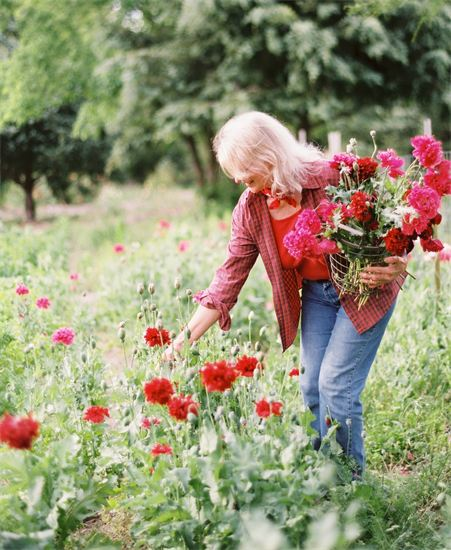 If you make your neighbor’s garden beautiful, will you earn more income than he does?
If you make your neighbor’s garden beautiful, will you earn more income than he does?
The work we do outside in our gardens is, for most of us, a labor of love. But some of us do turn this love into a full-time gig. If you decide to turn your hobby into a full time profession, the question then becomes: will my love of landscaping pay the bills or am I just going to wind up doing it for love.
The U.S. Bureau of Labor Statistics breaks down landscaping services into the category of “landscaping, lawn service, and groundskeeping.” The latter two careers can very logically make one think of young males earning cash for the summer by cutting lawns, or those guys who steer a little too close as you’re teeing off at the local golf course. The distinction here is that the careers tracked by the federal agency are “first-line supervisors” who answer “inquiries from potential customers regarding methods, material, and price ranges; and preparing estimates according to labor, material, and machine costs.”
 I have a feeling that even the amateurs among us do these first-line supervisor services quite voluntarily with our neighbors.
I have a feeling that even the amateurs among us do these first-line supervisor services quite voluntarily with our neighbors.
The BLS statistically tracks the more manual labor aspects of groundskeeping in a separate category. So the feds see the distinction too. Landscape architects are yet another professional category (but since their training is more formalized, the BLS statistics for that occupation is not considered below).
 Texas ranks third in the country in employing these landscaping supervisors (see map below), trailing only California and Florida. Landscaping is a big business in Texas, employing more than 6,800 first-line supervisors.
Texas ranks third in the country in employing these landscaping supervisors (see map below), trailing only California and Florida. Landscaping is a big business in Texas, employing more than 6,800 first-line supervisors.
As mentioned above, I was wondering how the income earned by landscaping supervisors stacked up against the median household income in the Texas cities listed below. The percentages beside each city indicate how much below or above the median household income that the income of landscaping supervisors are. The higher the percentage, the better the chance that the income is more than just a labor of love.
 As you can see, the average landscaping supervisor earns less than city’s median household income in 11 of the 17 Texas cities above. The percentage under the median in Corpus Christi, Houston, El Paso, and San Antonio is slight, and remember that the median household income can, and often does, involve multiple incomes.
As you can see, the average landscaping supervisor earns less than city’s median household income in 11 of the 17 Texas cities above. The percentage under the median in Corpus Christi, Houston, El Paso, and San Antonio is slight, and remember that the median household income can, and often does, involve multiple incomes.
 So it can be a good living supervising the makeover of an urban home garden that transforms the beauty of a neighborhood.
So it can be a good living supervising the makeover of an urban home garden that transforms the beauty of a neighborhood.
As for College Station and Beaumont, the financial incentive appears to be even higher. I think we need to petition Jay to show us some of the gardens in College Station and Beaumont!







































